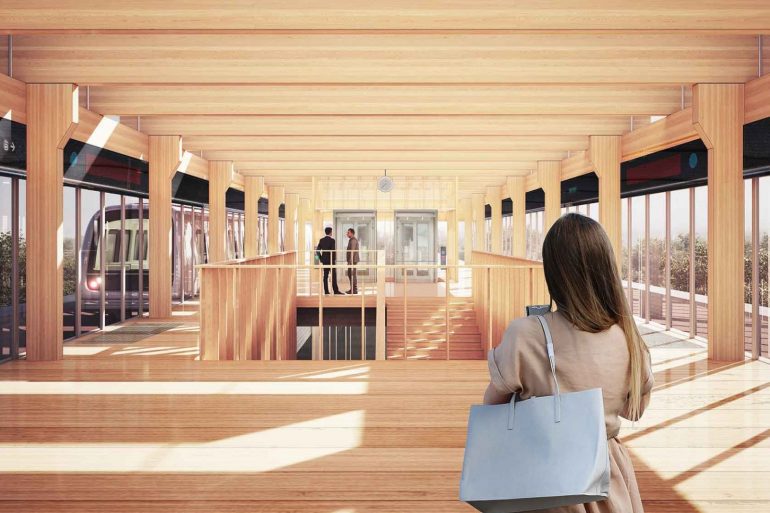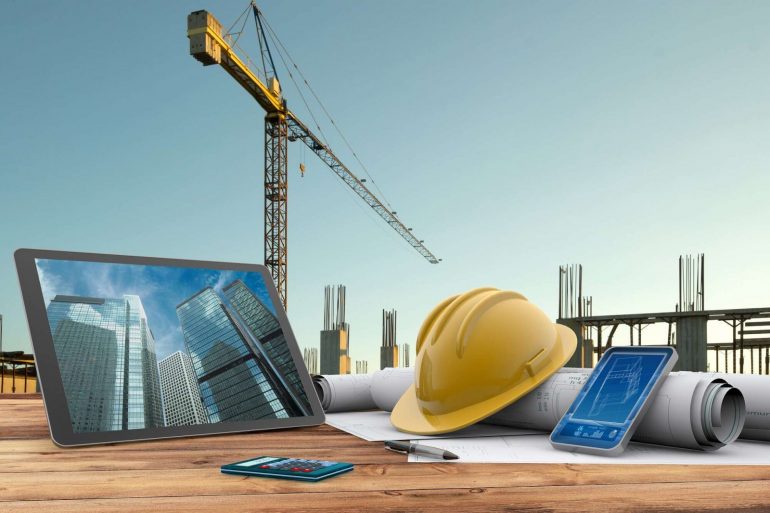Every time someone steps into a building made of wood, there’s a profound connection to nature and history that unfolds. Timber, a material that has roots as deep as our civilization, resonates with the human spirit in ways that few other materials can.
Imagine standing in a spacious room where the warm glow of sunlight filters through large windows, illuminating the rich grain of exposed wooden beams. It transcends aesthetics; this is a space that feels alive, echoing generations of craftsmanship. Such unique environments remind us why, even in an age obsessed with innovation, understanding the role of timber in modern construction becomes pivotal.
If you are interested in more details on hardwood and timber, you can see more details here.
This article will explore the historical significance of timber and why it remains a popular choice in today’s building landscape. Its structural properties, environmental advantages, and artistic qualities highlight timber’s lasting allure—a choice not only for practicality but also for sustainability.
Modern Construction

Timber stands out as a material of choice in contemporary construction, offering various structural benefits. It excels in load-bearing structures, where timber strength plays a crucial role in ensuring the safety and stability of buildings. With its lightweight nature, timber facilitates versatile design options that enhance both aesthetics and functionality.
Structural Benefits
The inherent properties contribute significantly to its structural advantages. It provides exceptional load-bearing capabilities while being lighter than other materials like steel and concrete. This quality not only allows for efficient transportation and installation but also enhances the flexibility of design.
Engineering Innovations
The field engineering has experienced revolutionary advancements. Innovations in timber construction, such as engineered wood products like cross-laminated timber (CLT) and laminated veneer lumber (LVL), have increased the load capacities and spans.
Economic Advantages
Timber construction presents compelling economic benefits. Research highlights that timber structures can cost up to 23% less than concrete and up to 41% less than steel buildings. These savings result from the cost-effectiveness of construction, lower material costs, and reduction in labor requirements.
Sustainable Building Practices
Timber is celebrated for its sustainable qualities, making it a staple in eco-friendly construction. When sourced from well-managed forests, it supports sustainable timber practices and contributes to carbon sequestration. This capability makes it a vital component in reducing the carbon footprint of construction.
Applications in Various Construction Scenarios

The versatility allows it to be widely applied in both residential and commercial buildings. Timber uses in residential construction often include framing for walls and roofs, promoting energy efficiency and design flexibility.
Conclusion
Timber in construction has maintained its prominence due to its structural resilience and versatility. The benefits are evident across various applications, making it a favored choice for builders and architects alike. This natural material not only supports complex engineering designs but also offers economic advantages that are crucial in today’s competitive landscape.

